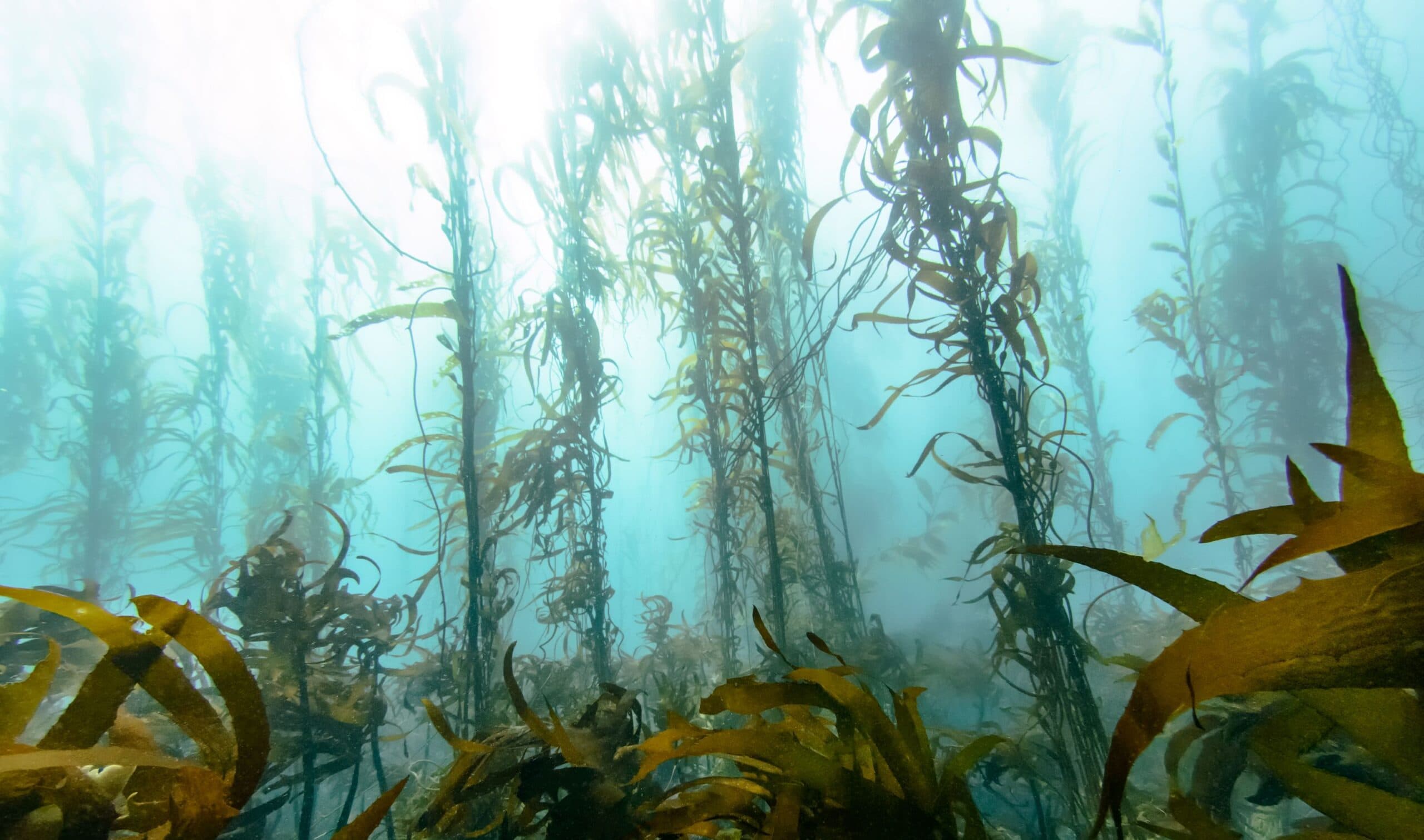Algae has been heralded as the key for sustainable food, a fast-growing crop with a small environmental footprint and the potential to be used across an impressively broad range of products. The rich biodiversity of algae – the group of marine plants that include seaweed – is matched only by its potential for commercialisation as an ingredient in foods, supplements and beauty products.
And with our clean, green credentials, extensive shoreline and a history of agricultural innovation, Australia is in the driver’s seat to capitalise on market growth. Already the world’s largest producer of algal beta-carotene – used as a food colouring agent and a source of supplementary vitamin A – local research and innovation is helping to extend the list of potential uses of algae-derived ingredients.
The use of Omega-3 supplements is one such example. Traditionally, sources of Omega-3 supplements have been sourced from fish and krill but consumer perceptions around large scale fishing and the demand for vegan products encouraged the industry to consider the alternatives. In 2020, global sales of fish oil supplements exceeded $3.2 billion, and with funding from AgriFutures Australia, Sampano Pty Ltd partnered with CSIRO and identified several species of algae that could be used to produce commercial quantities of Omega-3.
“The research found that Australian seaweed and algae contain bioactive health ingredients, such as Omega-3, that are in demand globally within established markets but not produced or sourced locally,” said Project Lead Adrian Spencer.
“At the same time, other uses for algae and seaweed are receiving interest for food, colouring, skin care, hair products and other health benefits across a range of market segments.”
Research also uncovered the potential for algae as an ingredient in the lucrative collagen market. Several algal compounds were discovered to have properties that inhibit the depletion of collagen, unlike traditional products that promise the addition of collagen. Valued at USD$8 billion annually – and growing at a rate of around 9 per cent per annum, the global collagen market is one of the most rapidly developing market segments. The discovery of a way to inhibit the depletion of collagen provides skin care manufacturers with a new angle to market their products in a crowded but lucrative market.










